The role of high-tech agriculture
Amidst the hustle and bustle of heavy industries, the Southeast still retains its precious green space, a dynamic agriculture, gradually donning a “new coat” of high technology. If this land is likened to an economic symphony, then high-tech agriculture is the fresh notes, resonating with the melody of innovation and sustainable development.
High-tech agriculture (HTA) is no longer a luxury concept but has become a lever to push the private economy in the Southeast region to develop strongly. In addition to modern production lines or fields managed by smart sensors, the agriculture of this region also creates green, clean, transparent and internationally competitive areas. Each farm and each cooperative is now like a living laboratory, where engineers, farmers and businesses work together to create "sweet fruits" that meet global standards, meeting the increasingly demanding needs of domestic and foreign markets, while adapting to severe climate change.
 |
Traceable raw material growing area of 939 Corporation in Long Thanh, Dong Nai |
The Southeast region is likened to a basket of sweets, converging typical agricultural products, with many key products increasingly asserting their position in the international market. Exported fruits have become the strength of Dong Nai and Binh Phuoc, with mangoes, rambutans, and durians reaching out to the world, present in demanding markets such as the US, EU, and Japan. In the field of aquaculture, Ba Ria - Vung Tau has emerged as a "high-tech shrimp and fish field" with automatic ponds, ensuring food safety, traceability, and creating competitive advantages for exports.
Many organic products, medicinal herbs, OCOP, essential oil products, and herbal teas not only bring economic value but also contribute to the development of a green economy, increase added value, and meet sustainable consumption trends.
In Tay Ninh, Mr. Pham Hung Thai - Standing Deputy Secretary of the Provincial Party Committee, Head of the Provincial National Assembly Delegation affirmed: "NCNC is a target development direction to increase added value, promote sustainable development and bring Tay Ninh products to the international market". Currently, the province has planned and implemented 122 NNCNC projects, becoming a bright spot in the innovation picture. In particular, the De Heus - Hung Nhon joint venture has implemented 7 projects with a total investment of more than 2,500 billion VND, building a closed value chain model from farm to table, contributing to the deep integration of Tay Ninh agriculture into the global value chain.
 |
Binh Phuoc Digital Agricultural Service Cooperative uses a modern sprayer (1,000 liter tank), which can wash rainwater and spray pesticides on 10-15 hectares every morning, requiring only 1 driver and surveillance camera. |
Talking to us, Mr. Pham Trong Nghia - Chairman of Tay Ninh Young Entrepreneurs Association shared: “Bringing NNCNC to new heights in the digital transformation period requires close coordination between the State, enterprises and farmers. Tay Ninh Young Entrepreneurs Association has been accompanying the province, focusing on supporting members and enterprises to access technology, build value chains, develop raw material areas and improve competitiveness. This is an important foundation for NNCNC to become a driving force to promote Tay Ninh's agricultural economy to develop even more strongly.”
Promote production, processing and export of agricultural products
To create a breakthrough for the agricultural sector, on May 31, 2025, Prime Minister Pham Minh Chinh signed Official Dispatch No. 79/CD-TTg, requesting ministries, branches and localities to proactively implement measures to ensure production, processing, consumption and export of agricultural products. The Prime Minister directed the Ministry of Agriculture and Environment to continue promoting research, application of science and technology, innovation and digital transformation in agriculture; focusing on putting into use new varieties of crops and livestock with high productivity, quality, and adaptation to climate change; at the same time, focusing on developing preservation and deep processing technology, especially for fruits and agricultural products with high economic value. In addition, the Prime Minister requested product diversification, gradually shifting from raw exports to refined exports, increasing added value, promoting chain production, building growing area codes, traceability and ensuring food safety.
 |
Vice Chairman of Binh Phuoc Provincial People's Committee Tran Tuyet Minh visited Vinahe cashew processing facility |
The Ministry of Industry and Trade is assigned to coordinate with relevant ministries, branches and localities to promote trade, expand and diversify export markets, implement connection programs, organize agricultural weeks, Vietnamese goods fairs, and exploit the potential of the domestic market to the fullest. At the same time, the Ministry directs the Vietnam Retailers Association and distribution systems to promote and consume domestic products, prioritizing support for the consumption of local agricultural products (such as rice, vegetables and fruits: durian, lychee, longan, mango, dragon fruit, etc.) when entering the main harvest season.
In Binh Phuoc, the Binh Phuoc Digital Agricultural Services Cooperative has applied the AutoAgri platform, helping to connect products from cashew fields and fruit gardens to the global market. Thien Nong Farm has deployed 5.0 technology with an automatic irrigation system, rooftop solar power and QR Code traceability, turning the brand "Ong Hoang Avocado" and organic pepper into "passports" to major supermarkets. Ho Chi Minh City is also leading the way with the Cu Chi High-Tech Agricultural Zone and the Biotechnology Center, which focuses on research and transfer of plant varieties, preservation technology and modern production processes.
Mr. Nguyen Hoang Dat - Director of Vinahe Company Limited (Binh Phuoc) said: “To develop sustainably and bring Vietnamese agricultural products far and wide, small and medium enterprises need to focus on applying high technology, and at the same time must have a traceable production process, ensuring product quality. Currently, Vinahe is focusing on solutions to digitize production processes, linking cooperatives and farmers to create products with high added value, meeting export standards.”
For the sustainable development of the NNCNC industry, many difficulties still need to be resolved. The fragmented planning of raw material areas makes it difficult for businesses to build a stable raw material chain, leading to dependence on traders and the market. The production and consumption links are still loose and easily broken when prices fluctuate. High input material prices, along with trade barriers from large export markets, are putting considerable pressure on businesses and farmers.
Small and medium enterprises are important links in the NNCNC value chain, but are still facing many difficulties in terms of capital, technology and market access. Meanwhile, in Dong Nai, 275 linkage chains have been formed, bringing together more than 127 enterprises, 70 cooperatives and more than 15,300 households, forming a "golden net" connecting products with domestic and international markets;
Binh Duong is actively solving the "6-house" problem (State, Farmers, Enterprises, Scientists, Banks and Distributors) to limit the situation of "good harvest, low prices";
Binh Phuoc promotes multi-value development from rubber, cashew, pepper and fruit trees, turning each product into a “rough gem” polished to shine in the international market.
Dong Nai and Tay Ninh are proactively strengthening production regional linkages and promoting official exports to the US, EU, and Japan, gradually building a national brand for Southeast agricultural products.
In the context of strong integration and digital transformation, the Southeast region is transforming from traditional fields to high-tech farms, from small cooperatives to modern "green factories". Although there are many difficulties, with the strong direction of the Government, synchronous policies and the companionship of businesses, this land will certainly make a strong breakthrough, bringing the "sweet fruits" of Vietnamese agricultural products to the international market.
(To be continued)
Lesson 3: Logistics - The 'Backbone' of the private economy in the Southeast region
Lesson 1: The Southeast region is a 'gold mine' of the private economy.
(PLVN) - The Southeast region is likened to a growth symphony, where the private economic engine thrives on the innovation platform, becoming a "golden" land that helps businesses break through and make great contributions to the key regional economy.
The big wheels of the private economy
Like a growth engine striding through the innovation station, the Southeast region has emerged in recent years as the economic heart of the country, a vibrant industrial, commercial and logistics center. On a strip of land accounting for only 9% of the country's area and 20% of its population, this region currently regularly maintains more than 30% of GDP, nearly 45% of total state budget revenue and more than 32% of export turnover.
 |
The Southeast is the "bloodline" for transporting goods, raw materials and products from provinces to seaports and airports. |
Looking at the development map, the Southeast region is like the main transmission fluid, flowing vitality to the Vietnamese economy. Ho Chi Minh City plays the role of a "locomotive" pulling the entire national economic train forward, together with Dong Nai, Binh Duong, Ba Ria - Vung Tau, Binh Phuoc and Tay Ninh forming a strong growth triangle. Not only is it a convergence of modern industrial parks, the Southeast region has also become a fertile land for large-scale, high-tech projects, and products with Vietnamese brands reaching out to the international market.
........
Read more >>>>>>>>>
Source: https://baophapluat.vn/bai-2-dong-nam-bo-vung-dat-doi-moi-cua-nong-nghiep-cong-nghe-cao-post550770.html












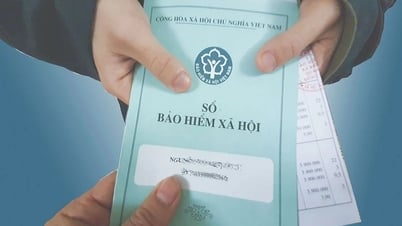
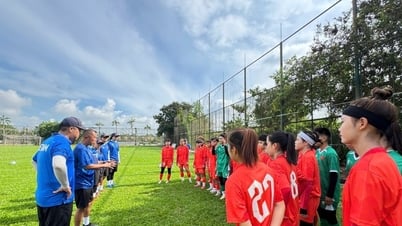
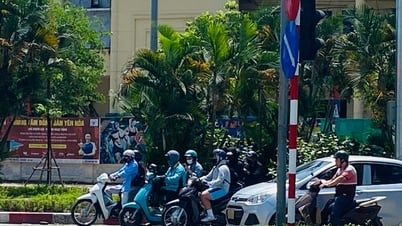









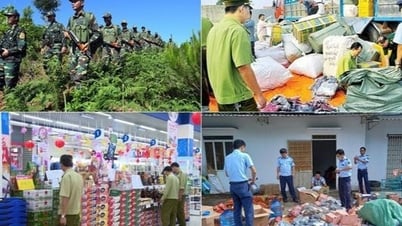
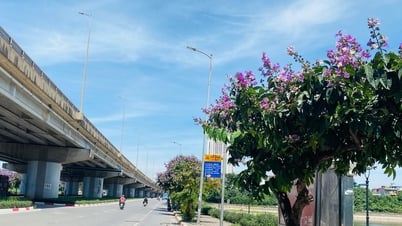



























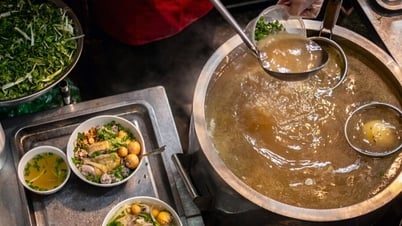
















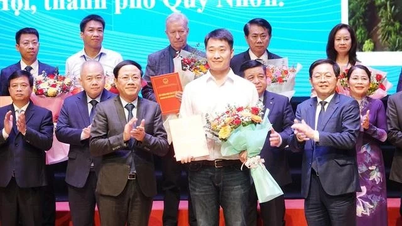

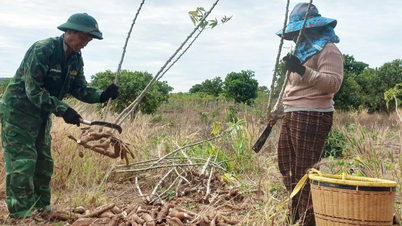
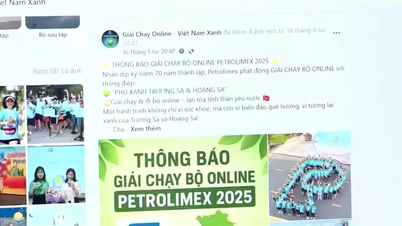













![[OCOP REVIEW] Tu Duyen Syrup - The essence of herbs from the mountains and forests of Nhu Thanh](https://vphoto.vietnam.vn/thumb/402x226/vietnam/resource/IMAGE/2025/6/5/58ca32fce4ec44039e444fbfae7e75ec)







Comment (0)